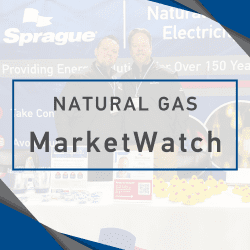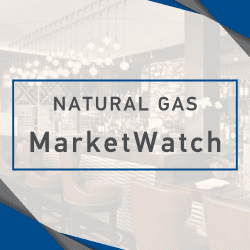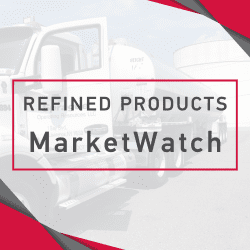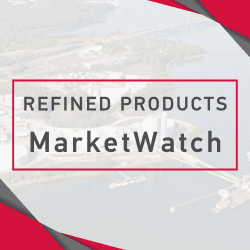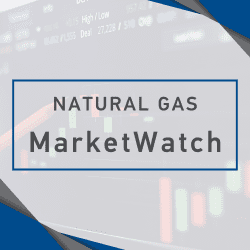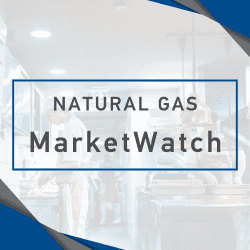Recap: The oil market posted an outside trading day as it traded higher on Monday despite the OPEC+ decision to increase output more than expected for August and concerns about the potential impact of U.S. tariffs. The market sold off to a low of $65.40 on the opening on Sunday night following the OPEC+ decision to increase its output by 548,000 bpd in August, more than the 411,000 bpd increase they made for the previous three months. The oil market also came under pressure as U.S. officials flagged a delay on when tariffs would begin. While President Donald Trump said the U.S. was close to finalizing several trade pacts and will notify other countries of higher tariff rates by July 9th, he added that the higher rates would take effect on August 1st, a three-week reprieve. The August WTI crude contract rallied to a high of $68.09 ahead of the close and settled up 93 cents at $67.93. The WTI market continued to trend higher and rallied to a high of $68.32 in the post settlement period. The September Brent contract ended up $1.28 at $69.58. The product markets settled higher, with the heating oil market settling up 5.13 cents at $2.4211 and the RB market settling up 3.36 cents at $2.1522.
Technical Analysis: The crude market will continue to trend sideways as the market weighs the OPEC+ announcement against signs of strong demand. The market will also await further announcements in the White House’s trade negotiations after President Trump unveiled 25% tariffs on goods from Japan and South Korea. The oil market is seen finding resistance at $68.32, $69.50, $71.20 and $72.90. Meanwhile, support is seen at $65.40, $65.23, $64.67, $64.55 and $64.00.
Fundamental News: U.S. President Donald Trump said the U.S. would impose a 25% tariff on imports from Japan and South Korea beginning August 1st as he unveiled the first two of what he has said will be a wave of letters to trading partners outlining the new levies they face. The rate for South Korea is the same that President Trump initially announced on April 2nd, while the rate for Japan is 1 point higher than initially announced. Earlier, U.S. Treasury Secretary, Scott Bessent, said the U.S. will make several trade announcements in the next 48 hours, ahead of a U.S. deadline on Wednesday to finalize trade pacts.
OPEC+ agreed on Saturday to raise production by 548,000 bpd in August, further accelerating output increases at its first meeting since oil prices rallied and then retreated following Israeli and U.S. attacks on Iran. The August increase represents an increase from monthly increases of 411,000 bpd OPEC+ had approved for May, June and July, and 138,000 bpd in April. OPEC+ cited a steady global economic outlook and healthy market fundamentals, including low oil inventories, as reasons for releasing more oil. With the August increase, OPEC+ will have released 1.918 million bpd since April, which leaves just 280,000 bpd to be released from the 2.2 million bpd cut. On top of that, OPEC+ allowed the UAE to increase output by 300,000 bpd. The group of eight OPEC+ members will next meet on August 3rd.
Five sources said OPEC+ oil producers are set to approve another big output increase for September as they complete the unwinding of voluntary output cuts by eight members and allow the United Arab Emirates to produce more to meet a larger quota. The sources said that the group is likely to approve an increase of around 550,000 bpd for September when it meets on August 3rd. That will complete the planned return of 2.17 million bpd to the market from the eight members.
Fuel oil imports into the refinery hub on the U.S. Gulf Coast reached a record low in June as tighter global supplies prompted refiners to run heavy, sour crude. According to Kpler, Gulf Coast-bound fuel oil imports reached a record low at 213,000 bpd in June, down from 233,000 bpd on the month, compared with 430,000 bpd in June 2024. Refineries along the Gulf Coast account for more than 55% of total U.S. refining capacity. The fall was driven by a drop in Mexican crude volumes, which in June fell to their lowest level since April 2020 at just 22,000 bpd, down from 71,000 bpd on the month.
Early Market Call – as of 8:30 AM EDT
WTI – Aug $67.89, down 3 cents
RBOB – Aug $2.1716, up 1.83 cents
HO – Aug $2.4196, up 51 points



